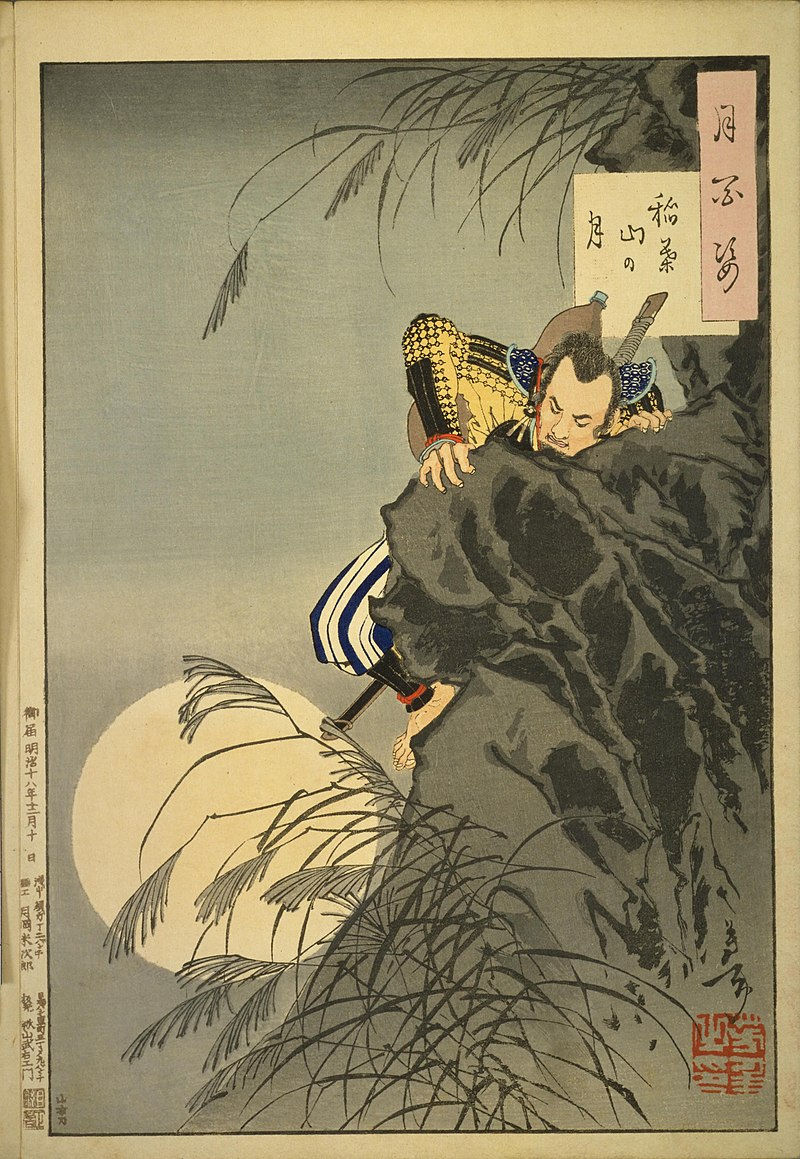Emperor Komei
- 2304583d
- Aug 4, 2024
- 2 min read

Emperor Kōmei (孝明天皇) (1831–1867) was the 121st emperor of Japan, reigning during a crucial period of Japanese history that led up to the Meiji Restoration. His reign was marked by significant political and social changes as Japan transitioned from the feudal Tokugawa shogunate to a more centralized imperial government.
Early Life and Background
Birth and Family: Emperor Kōmei was born on July 22, 1831, as Prince Osahito. He was the eldest son of Emperor Ninko and Empress Tetsuko. His birth name was Ashikaga Masahito, but he was given the name Kōmei upon ascending to the throne.
Ascension to the Throne: Kōmei became emperor on February 27, 1846, following the death of his father, Emperor Ninko. His early reign was characterized by a period of relative stability, but it soon faced significant challenges due to internal strife and external pressures.
Reign and Challenges
Political Context: Emperor Kōmei's reign occurred during the late Edo period, a time of great turmoil in Japan. The Tokugawa shogunate faced increasing internal dissatisfaction and external pressures from Western powers demanding trade and diplomatic relations.
Opposition to the Tokugawa Shogunate: Kōmei was a supporter of the anti-Tokugawa faction, advocating for the restoration of imperial power and the overthrow of the Tokugawa shogunate. He was an advocate for the "sonnō jōi" (revere the Emperor, expel the barbarians) movement, which sought to strengthen the position of the emperor and resist foreign influence.
Foreign Pressure: During Kōmei's reign, Japan faced significant foreign pressure, including the arrival of Commodore Matthew Perry of the United States in 1853, demanding the opening of Japanese ports. The signing of unequal treaties with Western powers and the subsequent rise of political factions opposing the Tokugawa shogunate contributed to the instability of the period.
Political Reform Efforts: Kōmei sought to address the challenges facing Japan through a combination of internal reform and resistance to foreign demands. However, his efforts were often limited by the power and influence of the Tokugawa shogunate and the broader political context of the time.
Death and Legacy
Death: Emperor Kōmei died on January 30, 1867, at the age of 35. His death occurred just before the climax of the political upheaval that would lead to the Meiji Restoration.
Legacy: Emperor Kōmei’s reign is significant for its role in the transition from the Tokugawa shogunate to the Meiji era. His support for the imperial restoration and opposition to the Tokugawa regime helped pave the way for the Meiji Restoration, which restored imperial rule and initiated a period of modernization and transformation in Japan.
Role in Meiji Restoration: Kōmei’s advocacy for the restoration of imperial power and his influence on the anti-Tokugawa factions contributed to the political changes that led to the Meiji Restoration. His death preceded the formal restoration of imperial rule, which was accomplished by his son, Emperor Meiji, who would lead Japan through a period of rapid modernization and reform.
Emperor Kōmei’s reign was a crucial period in Japanese history, bridging the gap between the Tokugawa shogunate and the transformative Meiji era. His efforts to restore imperial power and resist foreign influence played a significant role in shaping Japan’s transition to a modern state.




Comments